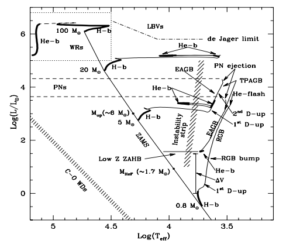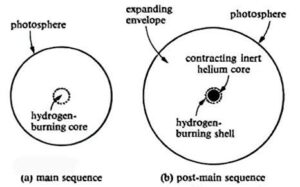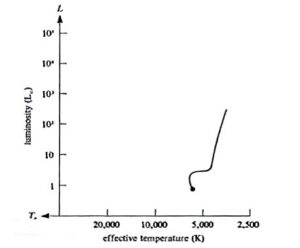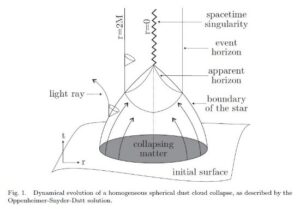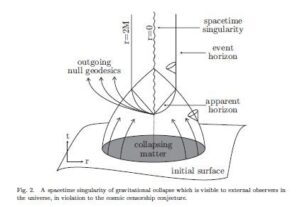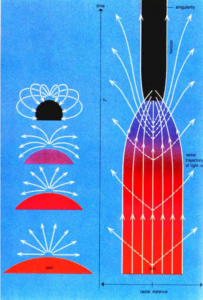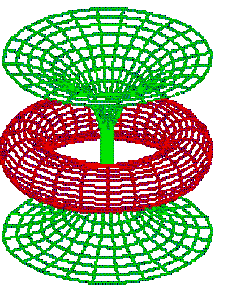Detailed Study of Stellar Evolution and Stellar Gravitational Collapse Leading to The Formation of Black Holes
Abhinaya Sree Ravindran1, Saakshi Padamwar2, Shivika Lamba3*, Shweatha J.4, Sugath K. S.5
Abstract
In this paper we talk about the formation mechanism of the stellar gravitational singularities. To begin with we talk about the formation and evolution of stars and understand the Hertzsprung Russell diagram that teaches us how to classify stars. With the help of the diagram, we categorize the stars based of their physical parameters such as color, temperature, and mass. We then talk about the death cycle of different mass stars and what comes after when their fuels have been exhausted. Stars below the Chandrashekhar limit form a white dwarf at the end of their lives, while stars above the limit form a neutron star of a singularity. Further to find which of the heavy mass stars forms a singularity we look at the Tolman-Oppenheimer-Volkoff limit that states stars with mass above the limit will form singularities. The types of singularities formed depend on the solution of the general theory of relativity given by Schwarzschild, Kerr, Kerr-Newman, and Reissner-Nordström. Each of the theory aspect of the four solutions has been described to give a better understanding of the structure of the singularity formed. The paper also explains theories such as Wormholes and time travel in brief to try and explain what can replace the singularity.
Keywords
Hertzsprung Russell; Chandrashekhar Limit; White Dwarf; Neutron Star; Singularity; Tolman-Oppenheimer-Volkoff Limit; Schwarzschild; Kerr; Kerr-Newman; Reissner-Norström; Wormhole; Time travel
Cite This Article
Ravindran, A. S., Padamwar, S., Lamba, S., Shweatha, J., Sugath, K. S. (2022). Detailed Study of Stellar Evolution and Stellar Gravitational Collapse Leading to The Formation of Black Hole. International Journal of Scientific Advances (IJSCIA), Volume 3| Issue 2: Mar-Apr 2022, Pages 152-160, URL: https://www.ijscia.com/wp-content/uploads/2022/03/Volume3-Issue2-Mar-Apr-No.232-152-160.pdf
Volume 3 | Issue 2: Mar-Apr 2022
